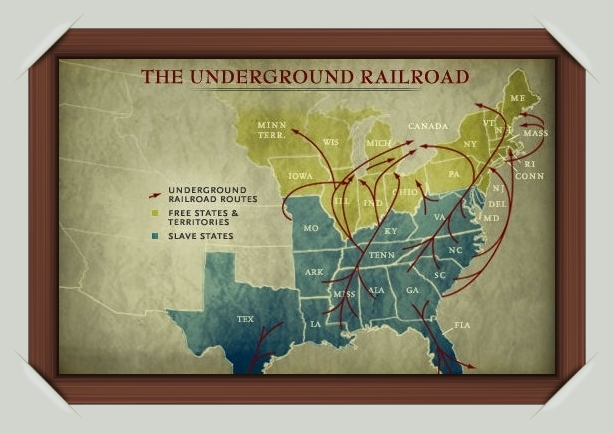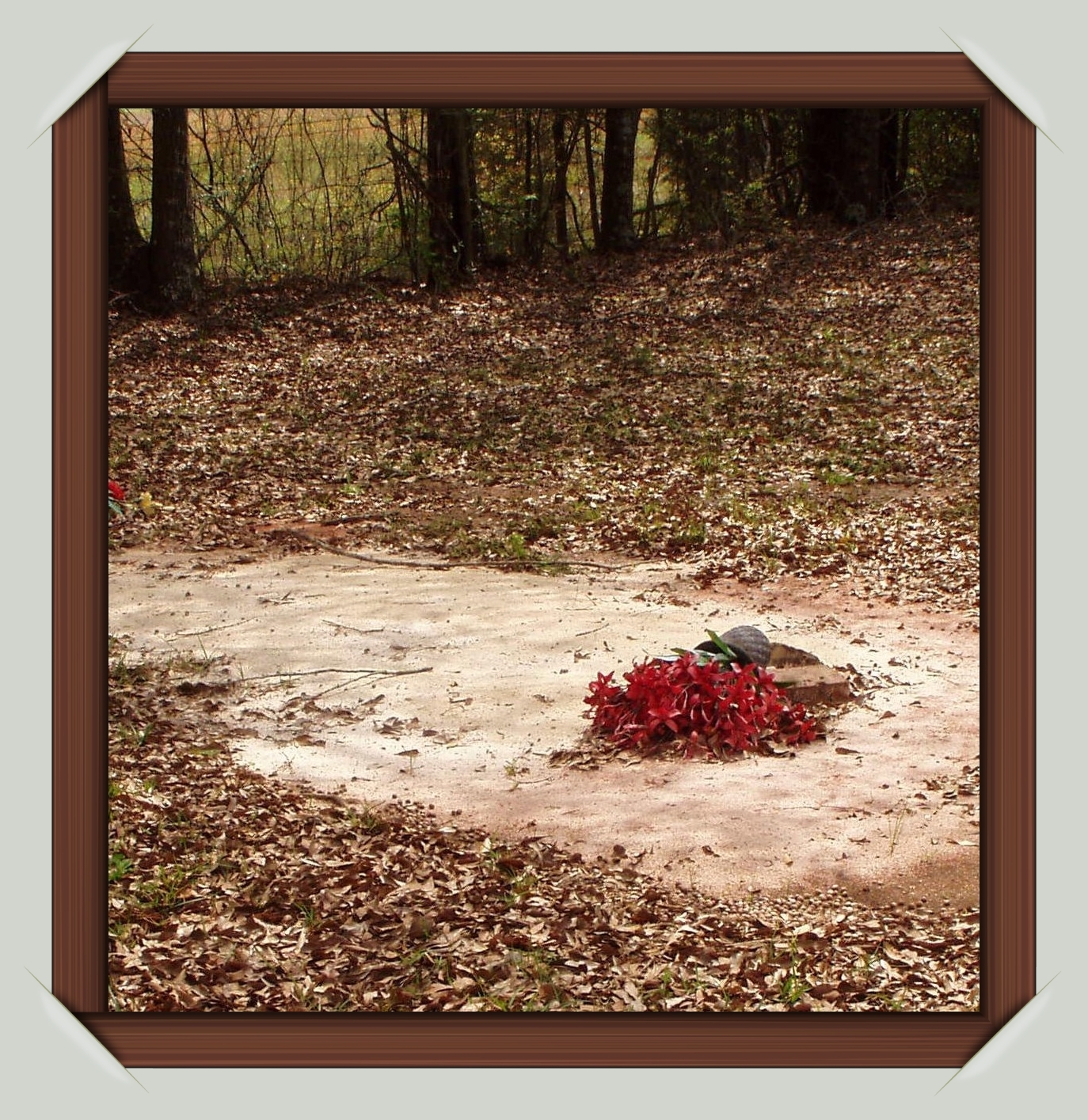THE UNDERGROUND RAILROAD
 The Underground Railroad was neither underground nor a railroad.
The Underground Railroad was neither underground nor a railroad.
It got its name because its activities had to be carried out in
secret, using darkness or disguise, and because railway terms
were used by those involved with system to describe how it worked.
Various routes were lines, stopping places were called stations,
those who aided along the way were conductors and their charges
were known as packages or freight. Although George Washington had
commented upon such practices by the Quakers as early as the 1780s,
the term gained currency in the 1830s, as northern abolitionists
became more vocal and southern suspicions of threats to their
peculiar institution grew.
 The network of routes extended through 14
The network of routes extended through 14
Northern states and "the promised land" of Canada-beyond the reach
of fugitive-slave hunters. Those who most actively assisted slaves
to escape by way of the "railroad" were members of the free black
community (including former slaves like Harriet Tubman), Northern
abolitionists, philanthropists and church leaders like Quaker Thomas
Garrett. Harriet Beecher Stowe, famous for her novel Uncle Tom's
Cabin, gained firsthand knowledge of the plight of fugitive slaves
through contacts with the Underground Railroad in Cincinnati, Ohio.
Estimates of the number of slaves assisted vary widely, but only a minuscule fraction of those held in bondage
ever escaped. Few, particularly from the Lower South, even attempted the arduous journey north. But the idea of
organized "outsiders" undermining the institution of slavery angered white southerners, leading to their demands
in the 1840s that the Fugitive Slave Laws be strengthened.

Stories have been told that Decatur
was a stopping point of the
UNDERGROUND RAILROAD.
When abolitionists had escaped
slaves that died from disease and
malnutrition they had to find
somewhere to bury the bodies.
Since they were not supposed to be
here many were brought to Greenwood
Cemetery, buried in the darkness of
night, with no fanfare or reminder
left that they were ever here.
Cemetery workers would find spots
where the dirt had been disturbed
and was not that way the day before.
| |
|
|